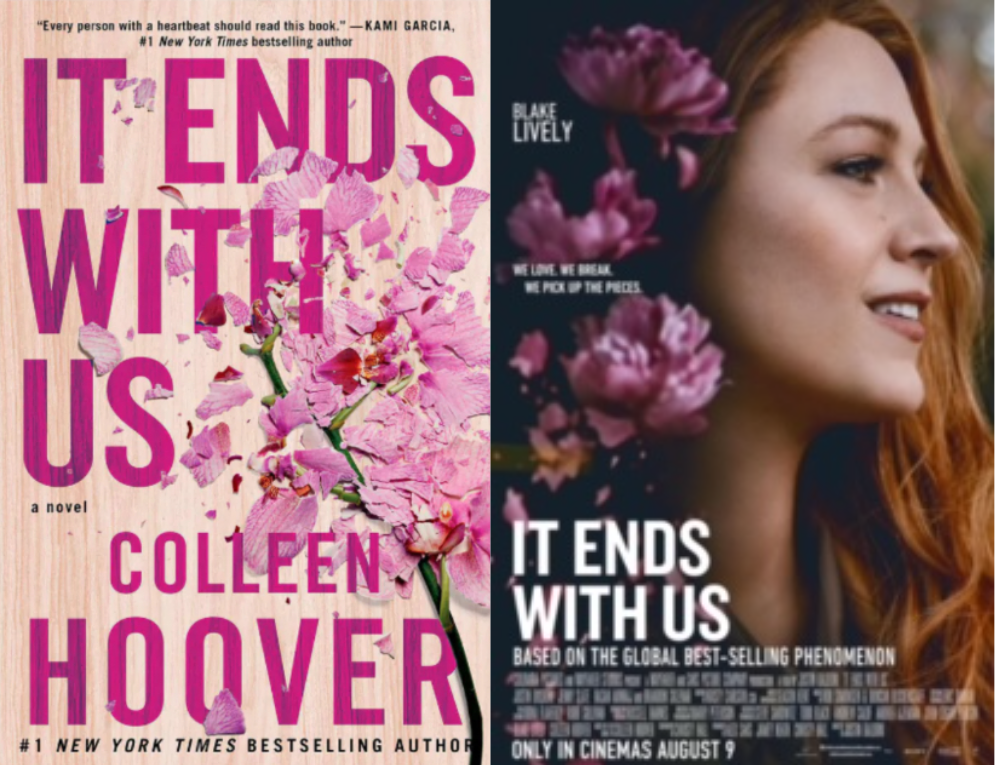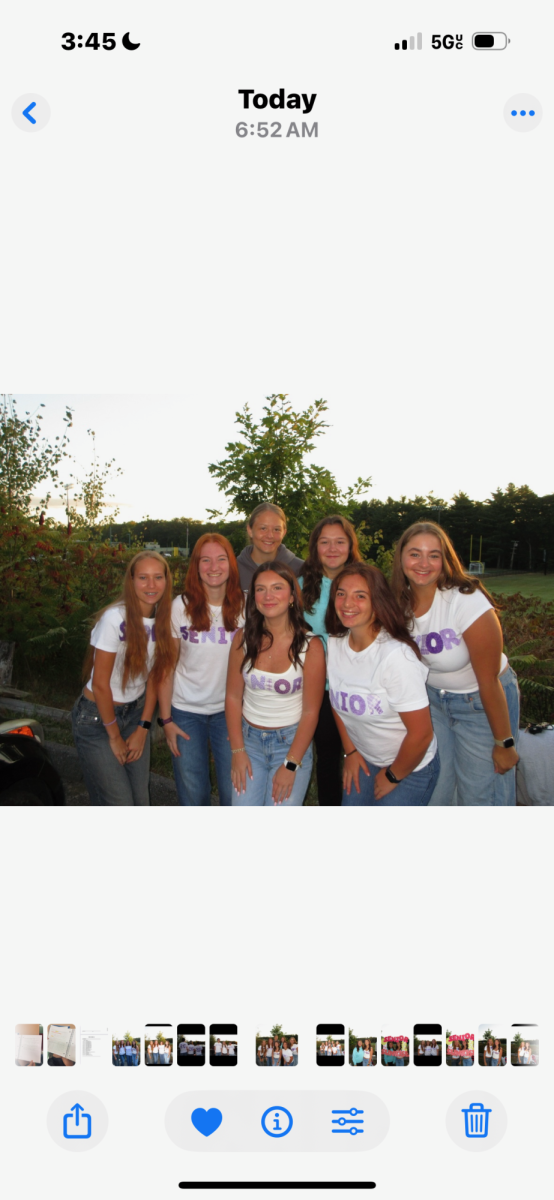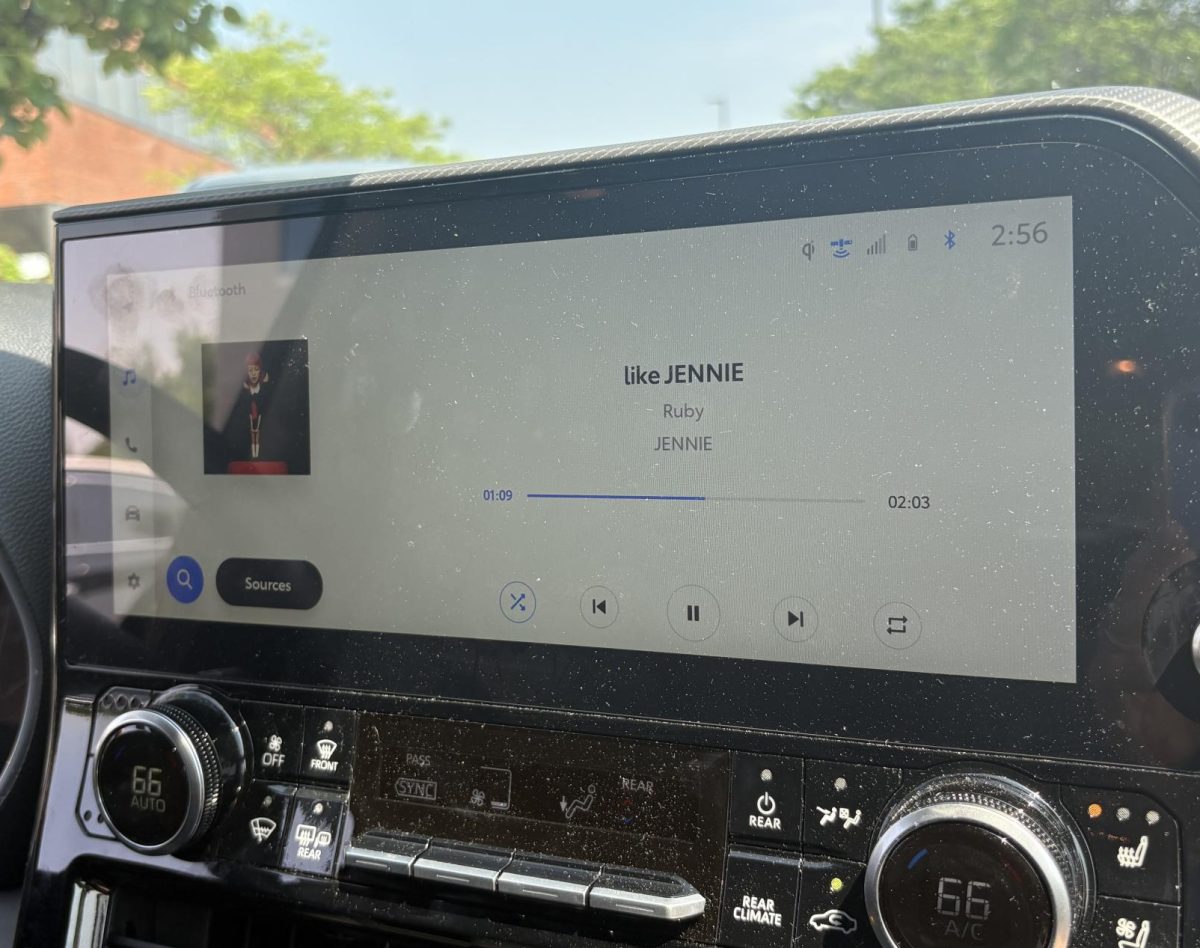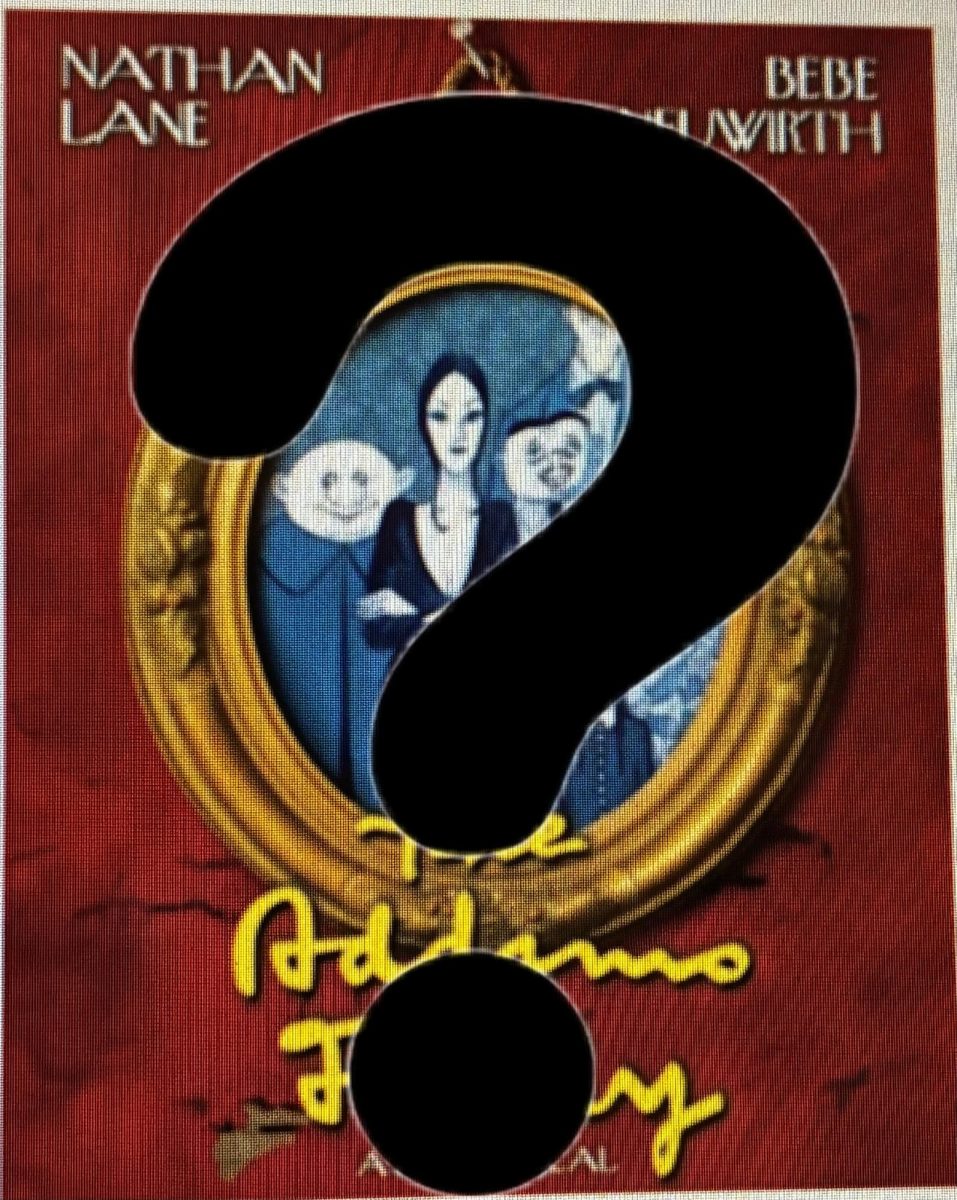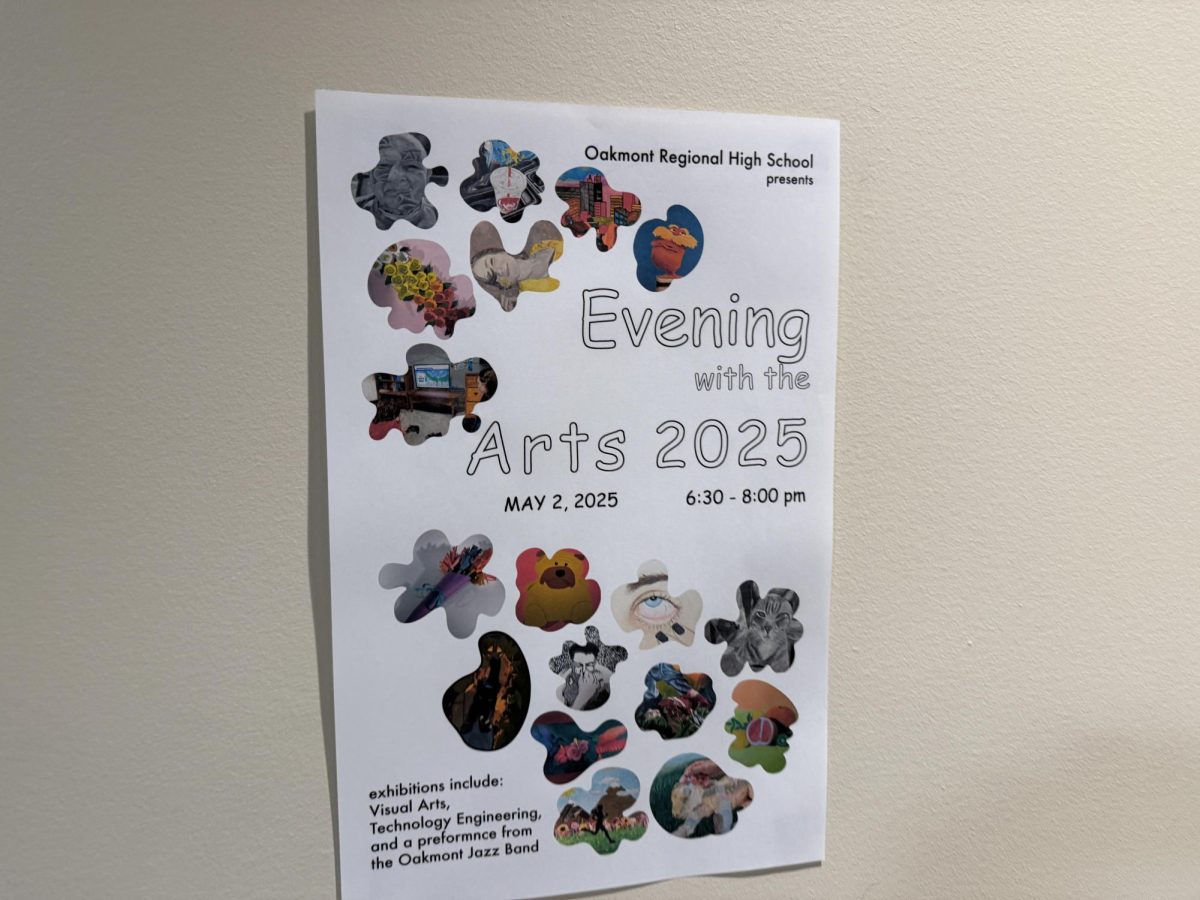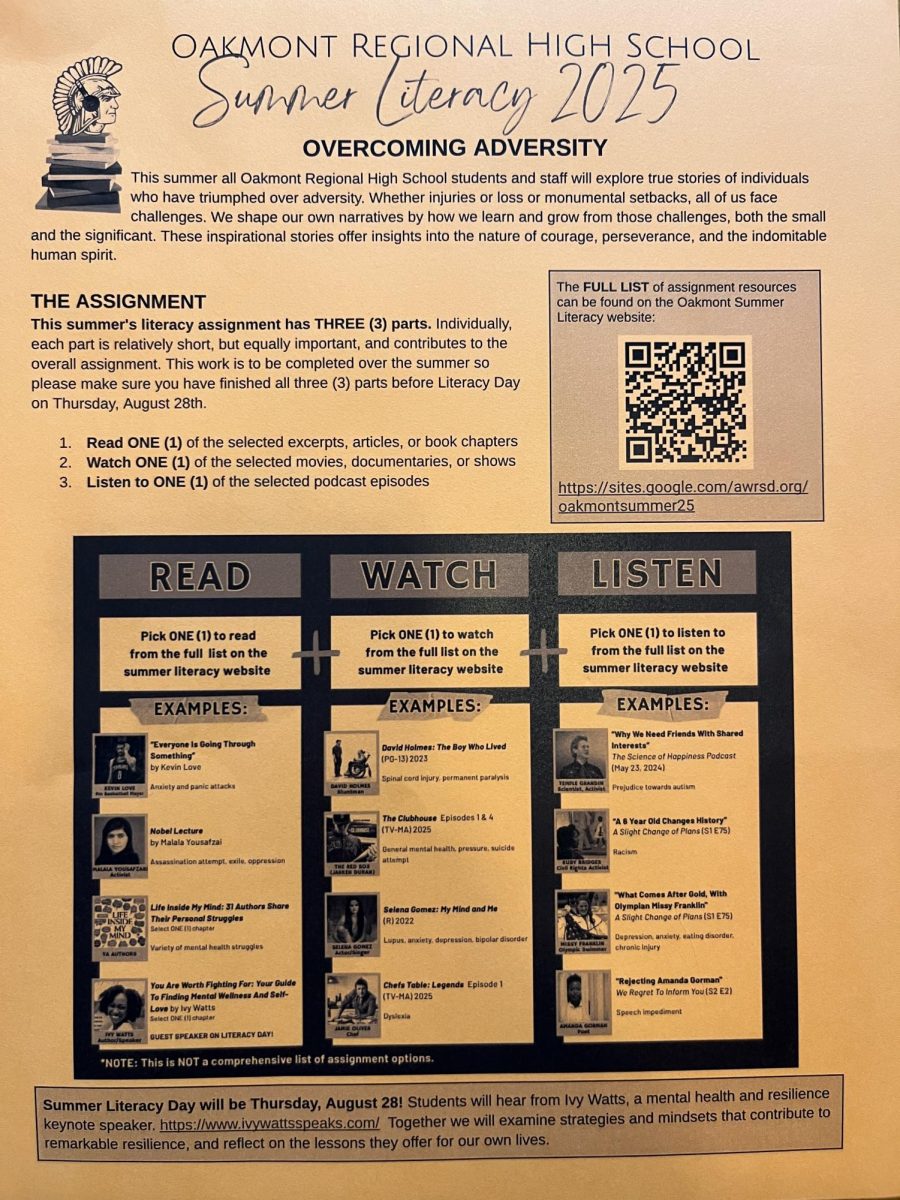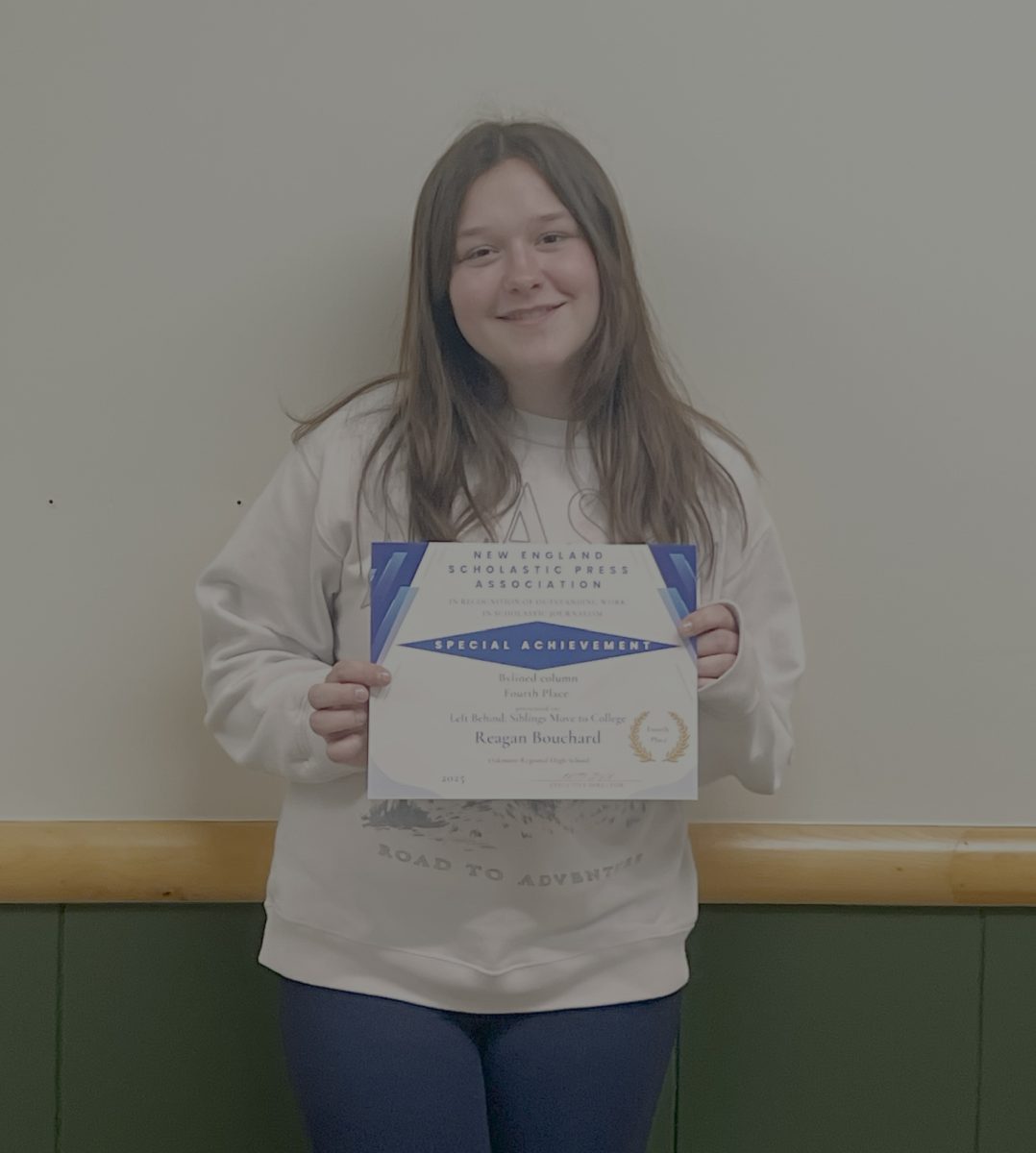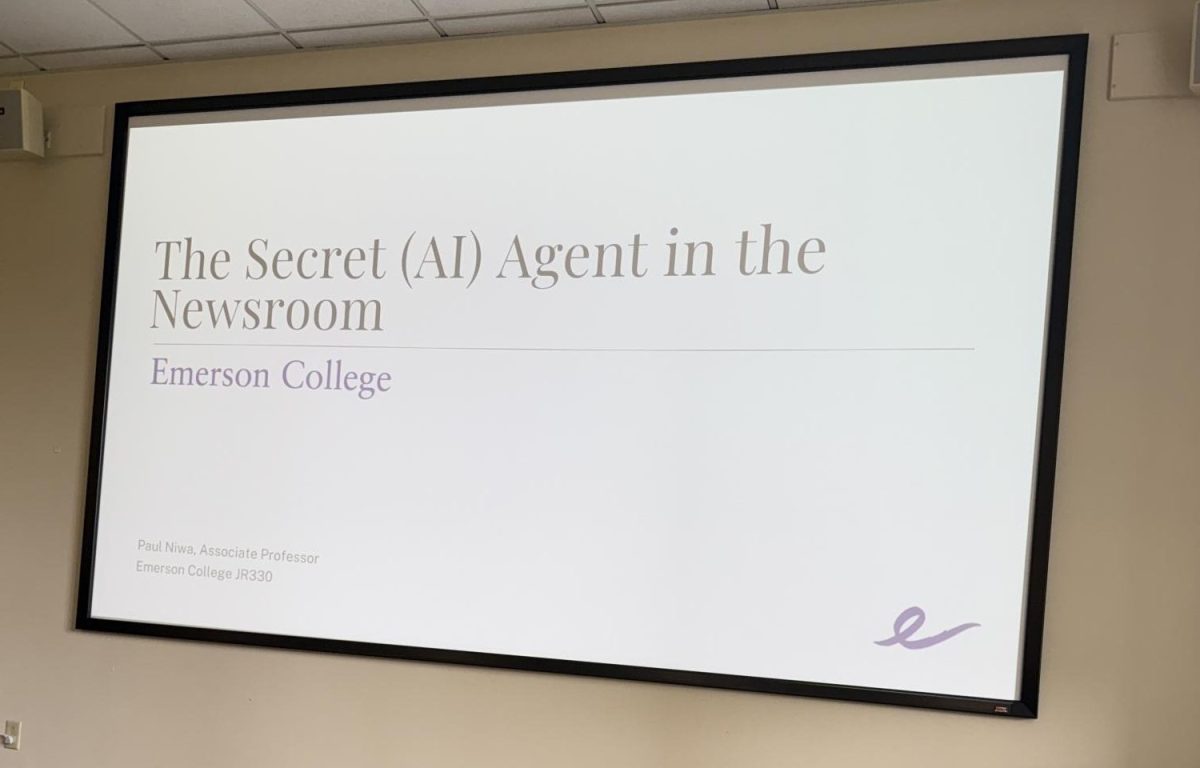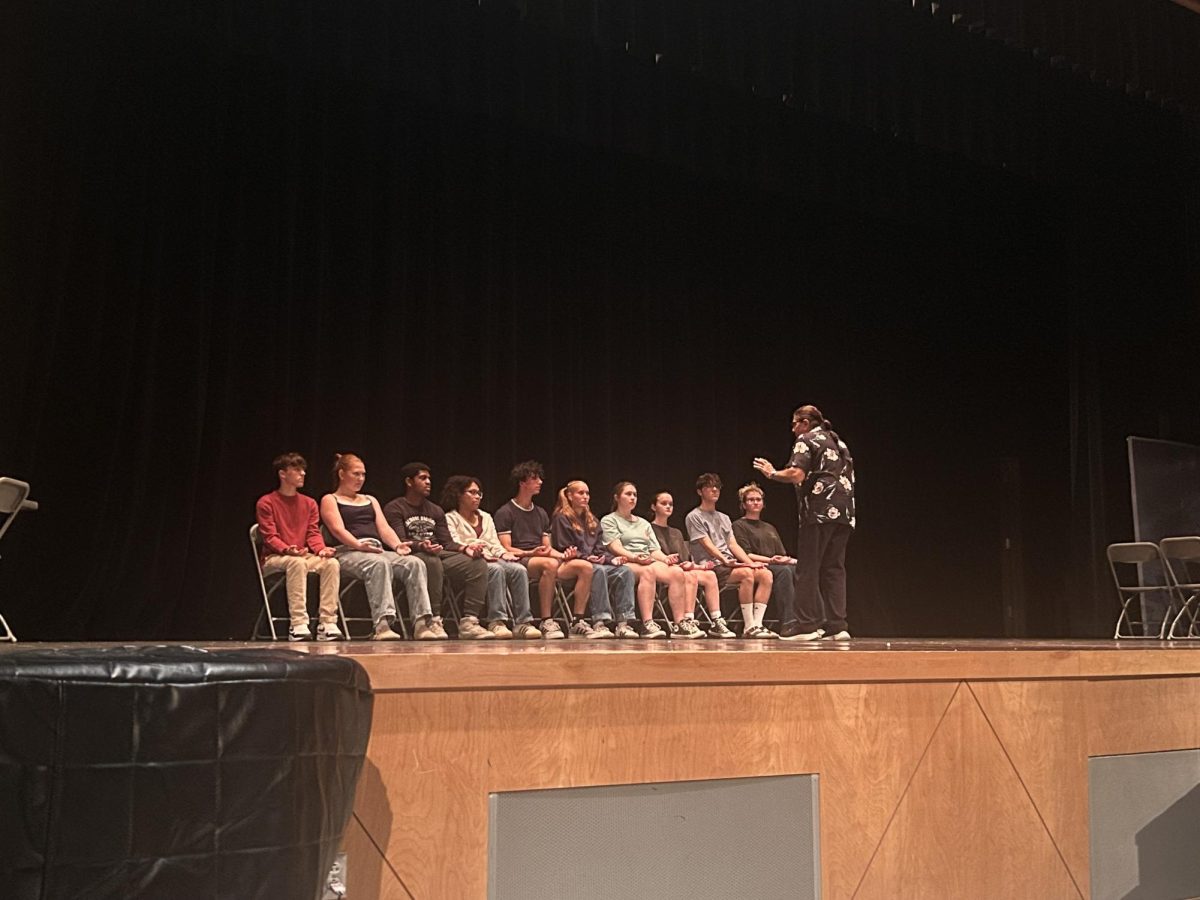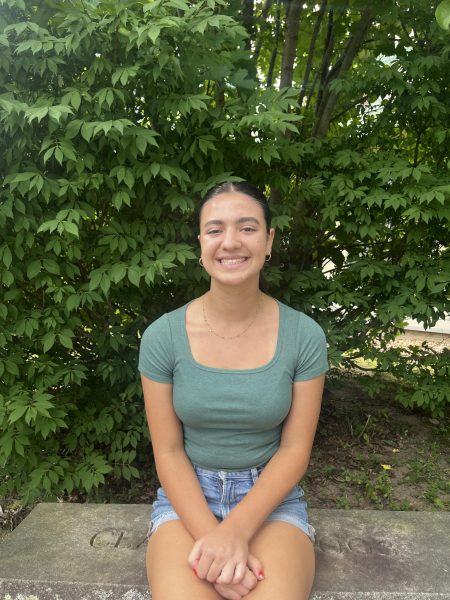When bringing a book to life as a movie, it’s natural for some changes to be made. Sometimes they are minor, but other times they greatly impact the overall story. In the process of turning the book It Ends With Us into a movie, director Justin Baldoni worked with his co-star Blake Lively and Colleen Hoover, the book’s author, to adapt the book as best as possible. While the movie was very similar to the book, there were a few key differences that set them apart.
Some of these changes included:
Diary entries and other “Ellen” elements were missing from the movie
In the book, the main character Lily Bloom’s, teenage experiences are told through her diary entries. These entries were addressed to Lily’s favorite television personality, Ellen Degeneres, containing detailed descriptions of her life and interactions with her first love, Atlas Corrigan.
Instead of incorporating the entries into the movie, they told the stories of Lily’s past through small flashbacks. Additionally, the movie left out Lily and Atlas’s mantra of “Just Keep Swimming” from the movie Finding Nemo. One of the movie’s main characters, Dory played by Ellen, demonstrates how important Ellen was in Lily’s life. Towards the end of the book, Lily shared that her daughter Emerson’s middle name was Dory because of her special connection with Atlas. This was also not incorporated into the movie.
Christy Hall, the producer and screenwriter of the movie, spoke about the challenging decision of leaving out the plot’s elements of Ellen and said, “I just really wanted to use the precious real estate we had to keep our focus on the core characters.” Even though people respected this choice, many readers were left disappointed that one of the book’s main focuses was not present in the movie.
The amount of time passed changed
When the movie hit the theaters in August, viewers quickly picked up on the change in how much time passed between the flashbacks and the scenes that took place in the current times. In the book, Lily moves to Boston to open her flower shop straight out of college. While in the movie, more time has passed since Lily’s high school memories with Atlas. The characters in the book were all in their twenties with Lily at 23, Atlas at 25, and Ryle Cincaid, Lily’s love interest, at 29. Despite this, the characters were all in their thirties in the movie. Hoover defended this decision saying, “As an author, we make mistakes… And so, to make corrections to what I messed up in the book, we aged the characters up somewhat.” This change didn’t affect the plot too much, but many viewers weren’t very thrilled about it.
The domestic violence scenes were depicted in different ways
When writing the book, Hoover described the domestic violence scenes graphically and in intense detail. This gave us insight into how traumatizing abusive relationships can be. When making the movie adaptation, they decided to experiment with different camera angles to give the viewers a new point of view on the different situations. This allowed us to put ourselves in the position of Lily and question whether or not it was abuse or just accidental.
This questioning and confusion often occur in abusive relationships, especially when you truly love the person you are being abused by. Overall, many viewers appreciated this new way of depicting domestic violence and believed it helped spread awareness of how hard and complicated abusive relationships are.
The name of Atlas’s restaurant changed
One minor change that occurred was that the name of Atlas’s restaurant was different in the book and movie. In the book, the restaurant was named “Bib’s” and was inspired by the Better In Boston magnet Atlas gave to Lily. On the other hand, the restaurant in the movie was named “Roots” and was inspired by the moments Atlas and Lily shared while gardening. While this change was very small and didn’t affect the plot, fans of the book quickly picked up on it.
Some key interactions were left out
In the book, the characters shared important moments with each other and these moments revealed significant pieces of information about the characters. Despite the importance of these scenes, the movie chose to edit the conversations. One of these scenes was when Lily found out the story of Ryle’s brother, Emerson. In the book, it was Ryle who told Lily the story.
However, in the movie, Lily finds out what happened to Emerson after Lily came to her friend and Ryle’s sister, Alyssa, about Ryle’s abuse. Additionally, Lily tells Ryle about her parents’ abusive relationship on the rooftop in the first couple of chapters of the book. In the movie, Lily informed Ryle of her parents after Ryle abused her for the first time. Even though they changed the scenes slightly, they still found a way to involve the important stories of the characters’ pasts.
Lily and Ryle’s separation happened differently
In both the book and movie, Lily and Ryle separate and eventually divorce. However, the process of this split in the movie is different from how it occurred in the book. In the book, Ryle went away for work and Lily lived in their apartment alone for a while. When Ryle returned, they officially divorced. On the other hand, in the movie, Lily moved in with her mother before she and Ryle’s daughter was born and right after the birth, Lily told Ryle she was divorcing him. This change did not affect the overall plot too much, but it was a noticeable difference between the book and the movie.
The book and movie gave people different feelings
Overall, the book and movie didn’t make people feel the same way. Many people thought the book was more meaningful and went deeper into the difficult topics. They believed that the movie only scratched the surface of the intensity of the story and conveyed different emotions to the viewers. One factor that affected this difference was the lack of chemistry between Blake Lively, who played Lily, and Justin Baldoni, who played Ryle. This caused the movie to feel less emotional and more dry. Another factor was that some of the major scenes were rushed, making them feel less important than they were in the book. People felt like the movie did not have the same amount of emotional depth as the book had.
While there were many differences between the book and the movie version of It Ends With Us, the cast and crew worked hard to stay true to the original story when making the movie adaptation. In the end, both the book and movie have made large impacts on society by making people more aware of other peoples’ situations, with the main intent of starting to tackle the large issue of domestic violence.



